Home>Gardening & Outdoor>Landscaping Ideas>What Are The Spiky Things In Grass
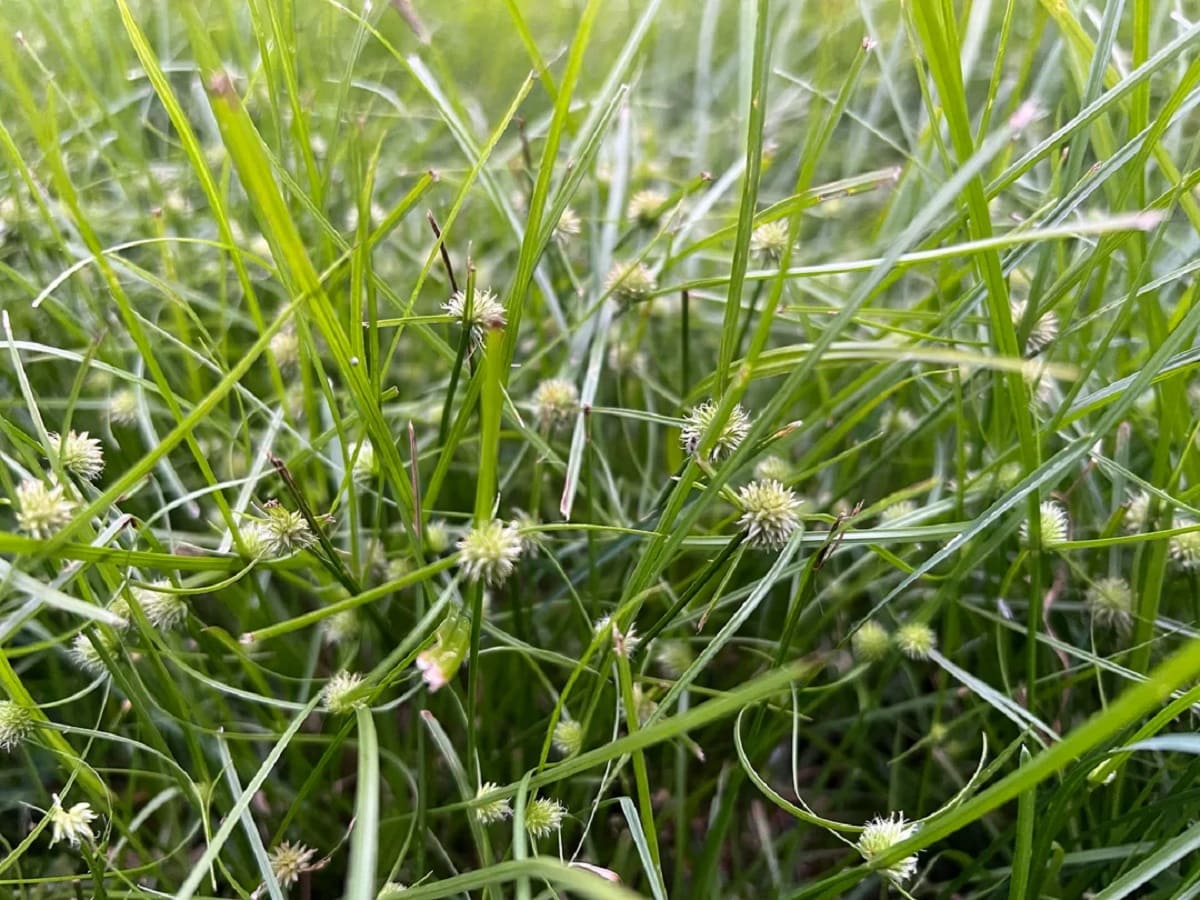

Landscaping Ideas
What Are The Spiky Things In Grass
Modified: March 26, 2024
Discover landscaping ideas and tips for dealing with spiky things in grass. Learn how to manage and maintain a beautiful lawn with our expert advice.
(Many of the links in this article redirect to a specific reviewed product. Your purchase of these products through affiliate links helps to generate commission for Storables.com, at no extra cost. Learn more)
Introduction
Have you ever strolled barefoot through a lush, green lawn and suddenly encountered those prickly, spiky things that disrupt your peaceful walk? You’re not alone. Many people have experienced the unexpected discomfort of stepping on these mysterious objects hidden within the grass. In this article, we’ll delve into the world of these spiky things in grass, uncovering their types, functions, and how to manage them effectively. Whether you’re a gardening enthusiast, a nature lover, or simply someone looking to enjoy a leisurely walk on the grass, understanding these spiky elements can lead to a more harmonious coexistence with nature’s green carpets. So, let’s embark on this exploration and shed light on the intriguing world of spiky things in grass.
Key Takeaways:
- Embrace the spiky things in grass as natural protectors and seed dispersers, adding complexity and diversity to outdoor environments. By understanding and managing them, we can coexist harmoniously with nature’s intricate design.
- Navigate grassy areas with ease by wearing protective footwear, maintaining outdoor spaces, and inspecting gear. Embracing the multifaceted nature of spiky elements fosters a deeper connection with the natural world.
Types of Spiky Things in Grass
When it comes to the spiky things in grass, there are several common culprits that can disrupt your barefoot adventures. Understanding the different types of spiky elements can help you identify and manage them more effectively. Here are some of the most prevalent spiky things found in grass:
- Thorns: These sharp, pointed structures are often found on plants such as roses, blackberries, and thistles. Thorns serve as a natural defense mechanism for plants, deterring animals and humans from disturbing them.
- Burrs: Burrs are small, spiky seed heads that can easily attach themselves to clothing, animal fur, or even human skin. They are commonly found in grassy areas and can cause discomfort when stepped on or brushed against.
- Stickers: Stickers, also known as beggar’s lice or hitchhikers, are tiny seed pods with spiky protrusions. These persistent little hitchhikers can cling to clothing, pet fur, and even bare feet, causing annoyance and inconvenience.
- Thistles: Thistles are characterized by their spiky leaves and vibrant purple flowers. These prickly plants can be a nuisance in grassy areas, posing a challenge for barefoot activities and requiring careful removal to avoid discomfort.
- Grass Seeds: Certain grass species produce spiky seed heads that can easily attach to clothing and skin. These seeds are designed for dispersal and can cause irritation when they come into contact with bare skin.
Each of these spiky elements presents its own unique challenges and considerations when it comes to managing and mitigating their impact on your outdoor experiences. By familiarizing yourself with these different types of spiky things in grass, you can adopt proactive measures to minimize their effects and enjoy a more pleasant time outdoors.
Functions of Spiky Things in Grass
While the presence of spiky things in grass may seem like an inconvenience, these natural elements serve important functions within the ecosystem. Understanding the roles of these spiky components can provide valuable insights into the intricate balance of nature. Here are some of the functions of spiky things in grass:
- Protection: Spiky elements such as thorns, burrs, and stickers act as a form of protection for plants. By deterring animals and humans from disturbing them, these spiky structures help safeguard the plants from potential harm.
- Seed Dispersal: Many spiky seed heads, such as burrs and grass seeds, are designed for efficient seed dispersal. By attaching to passing animals or clinging to clothing, these spiky seeds can be transported to new locations, contributing to the propagation and diversity of plant species.
- Survival Strategy: The spiky nature of certain plants, such as thistles, serves as a survival strategy. By discouraging herbivores from consuming them, these plants increase their chances of survival and reproduction, ultimately contributing to the resilience of their species.
- Ecological Interactions: Spiky elements in grass play a role in ecological interactions, influencing the behavior of animals and humans. Whether it’s avoiding thorny thickets or removing burrs from clothing, these interactions contribute to the intricate web of relationships within natural ecosystems.
- Adaptation to Environment: The presence of spiky things in grass reflects the adaptation of plants to their specific environments. From arid landscapes to fertile meadows, different types of spiky elements have evolved to thrive in diverse conditions, showcasing the resilience and resourcefulness of plant life.
By recognizing the multifaceted functions of spiky things in grass, we can gain a deeper appreciation for the complexity and ingenuity of nature’s design. While these spiky elements may pose occasional challenges, they are integral components of the natural world, contributing to the dynamic tapestry of life.
Wear closed-toe shoes when walking in grass with spiky things to protect your feet from getting pricked or injured.
How to Deal with Spiky Things in Grass
Encountering spiky things in grass doesn’t have to put a damper on your outdoor enjoyment. With the right approach and a few practical strategies, you can effectively manage and minimize the impact of these prickly elements. Here are some tips on how to deal with spiky things in grass:
- Wear Appropriate Footwear: When venturing into grassy areas known for spiky elements, wearing sturdy shoes or sandals can provide protection for your feet. This simple precaution can prevent discomfort and potential injury from thorns, stickers, and other spiky objects.
- Regular Lawn Maintenance: Keeping your lawn well-maintained can help reduce the presence of spiky elements. Regular mowing, weeding, and clearing of debris can minimize the growth and spread of prickly plants and seeds in your outdoor spaces.
- Inspect Outdoor Gear: Before heading indoors, thoroughly inspect your clothing, shoes, and any outdoor gear for hitchhiking burrs, stickers, or seeds. Removing these spiky hitchhikers before they have a chance to enter your home can save you from potential inconvenience and cleanup later on.
- Pruning and Removal: If your outdoor area is plagued by thorny or spiky plants, consider targeted pruning and removal to mitigate their impact. By carefully managing these plants, you can create a more inviting and comfortable outdoor environment.
- Protective Gear for Gardening: When tending to your garden or landscaping, wearing protective gloves and clothing can shield you from the prickly defenses of plants such as roses and thistles. This proactive measure can help you enjoy your gardening activities without the risk of encountering spiky surprises.
- Pet Care: If you have pets that frequent grassy areas, regularly check their fur and paws for attached burrs, stickers, or seeds. Promptly removing these spiky hitchhikers can prevent discomfort and potential skin irritation for your furry companions.
By implementing these practical approaches, you can navigate the presence of spiky things in grass with greater ease and confidence. With a mindful outlook and proactive measures, you can enjoy the beauty of nature’s green landscapes while minimizing the inconvenience of spiky encounters.
Conclusion
As we conclude our exploration of the spiky things in grass, it’s evident that these natural elements play a significant role in the intricate tapestry of the outdoor environment. From thorns and burrs to stickers and grass seeds, the presence of spiky elements adds complexity and diversity to grassy landscapes, shaping interactions between plants, animals, and humans.
While encountering spiky things in grass may occasionally lead to discomfort or inconvenience, understanding their types and functions empowers us to coexist more harmoniously with these natural features. By recognizing the protective, dispersal, and adaptive functions of spiky elements, we gain a deeper appreciation for the resilience and ingenuity of plant life.
When it comes to managing spiky encounters, practical strategies such as wearing appropriate footwear, regular lawn maintenance, and inspecting outdoor gear can help mitigate their impact. By taking proactive measures and fostering a mindful approach to outdoor activities, we can navigate grassy areas with greater ease and enjoyment.
Ultimately, the presence of spiky things in grass serves as a reminder of nature’s intricate design and the diverse array of adaptations that contribute to the vitality of outdoor ecosystems. By embracing the multifaceted nature of these spiky elements, we can foster a deeper connection with the natural world and cultivate a greater sense of stewardship for our outdoor spaces.
So, the next time you venture into a grassy expanse, take a moment to appreciate the subtle complexities of the spiky things beneath your feet. They are not just obstacles to navigate; they are integral components of the vibrant tapestry of life that surrounds us.
Frequently Asked Questions about What Are The Spiky Things In Grass
Was this page helpful?
At Storables.com, we guarantee accurate and reliable information. Our content, validated by Expert Board Contributors, is crafted following stringent Editorial Policies. We're committed to providing you with well-researched, expert-backed insights for all your informational needs.
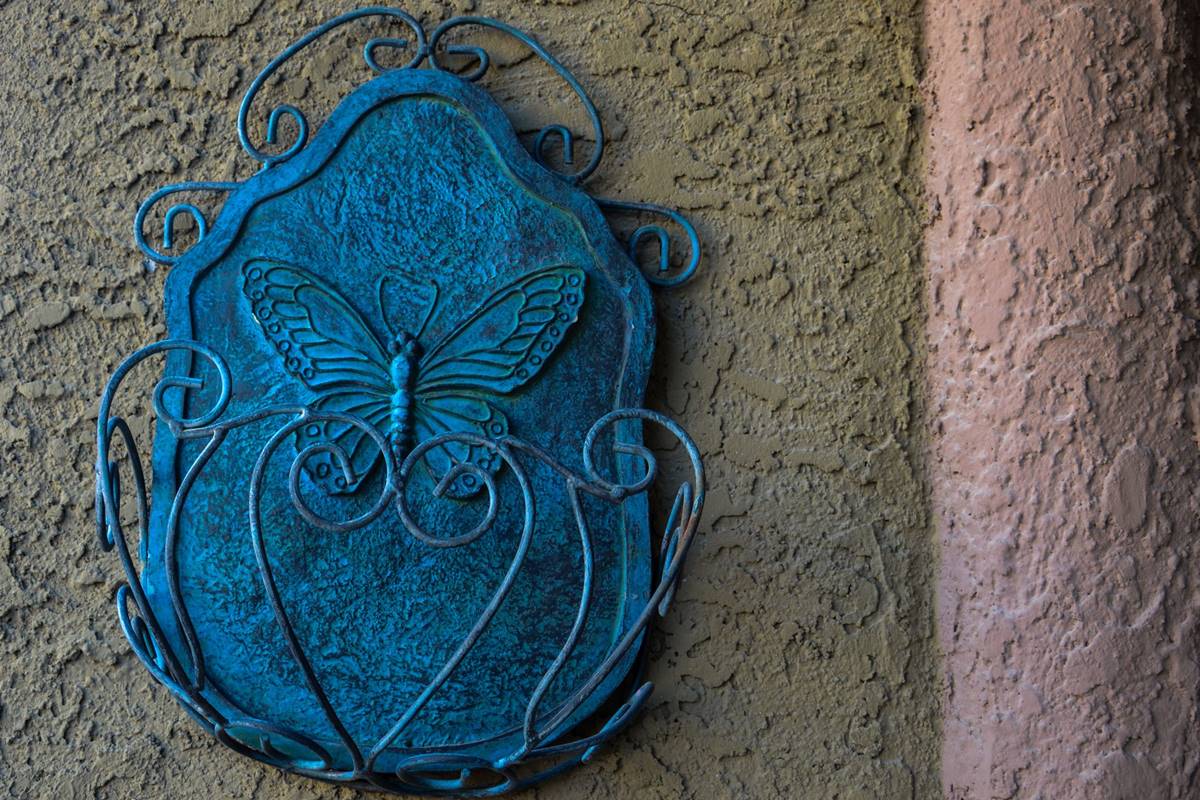

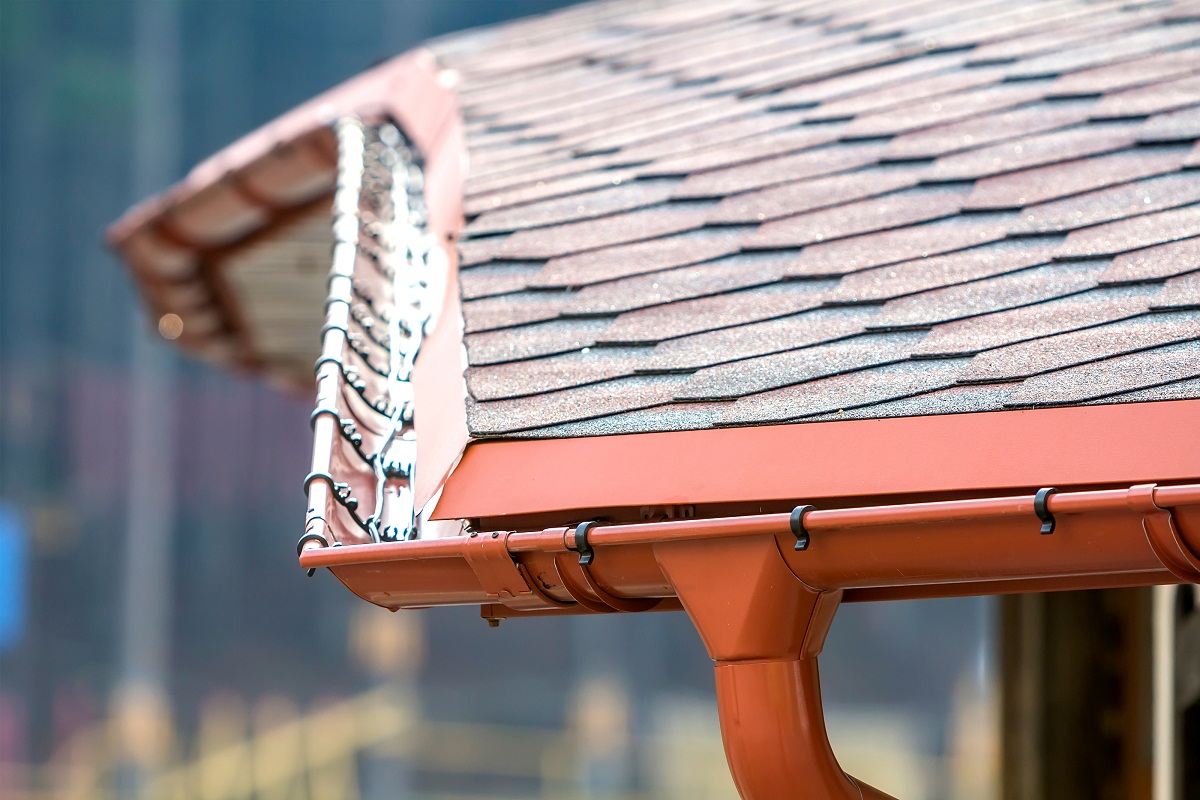


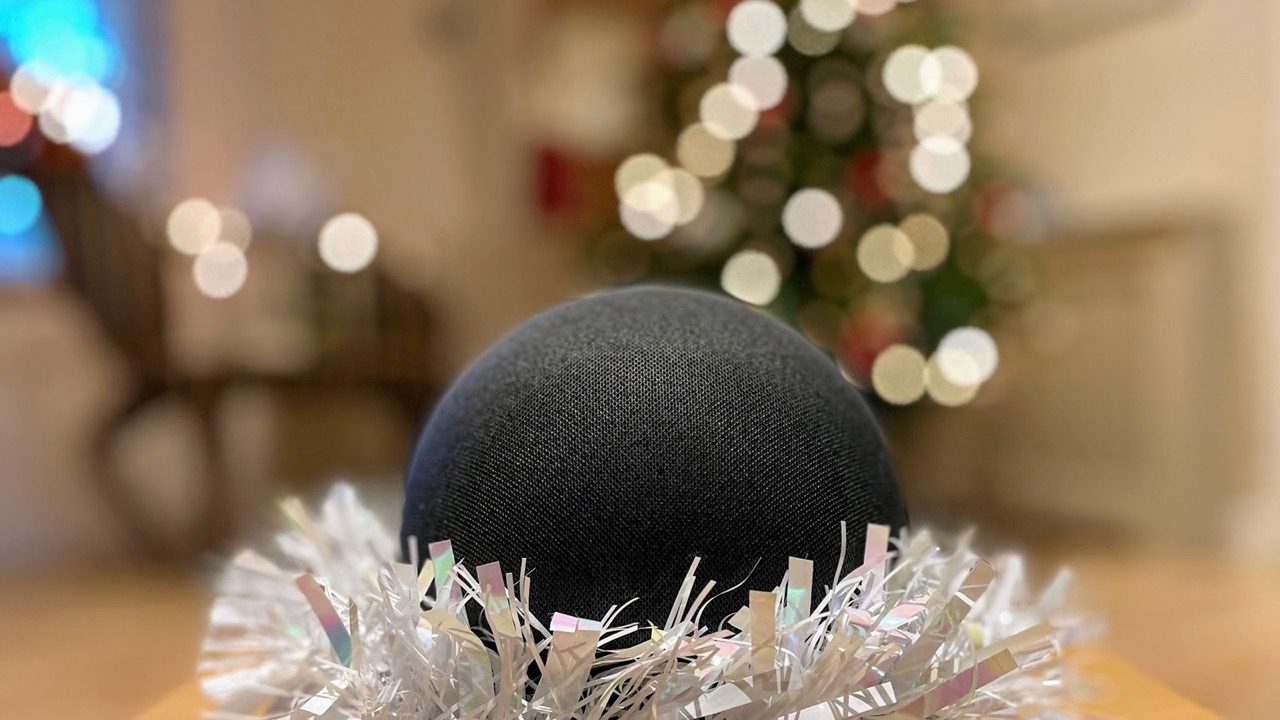

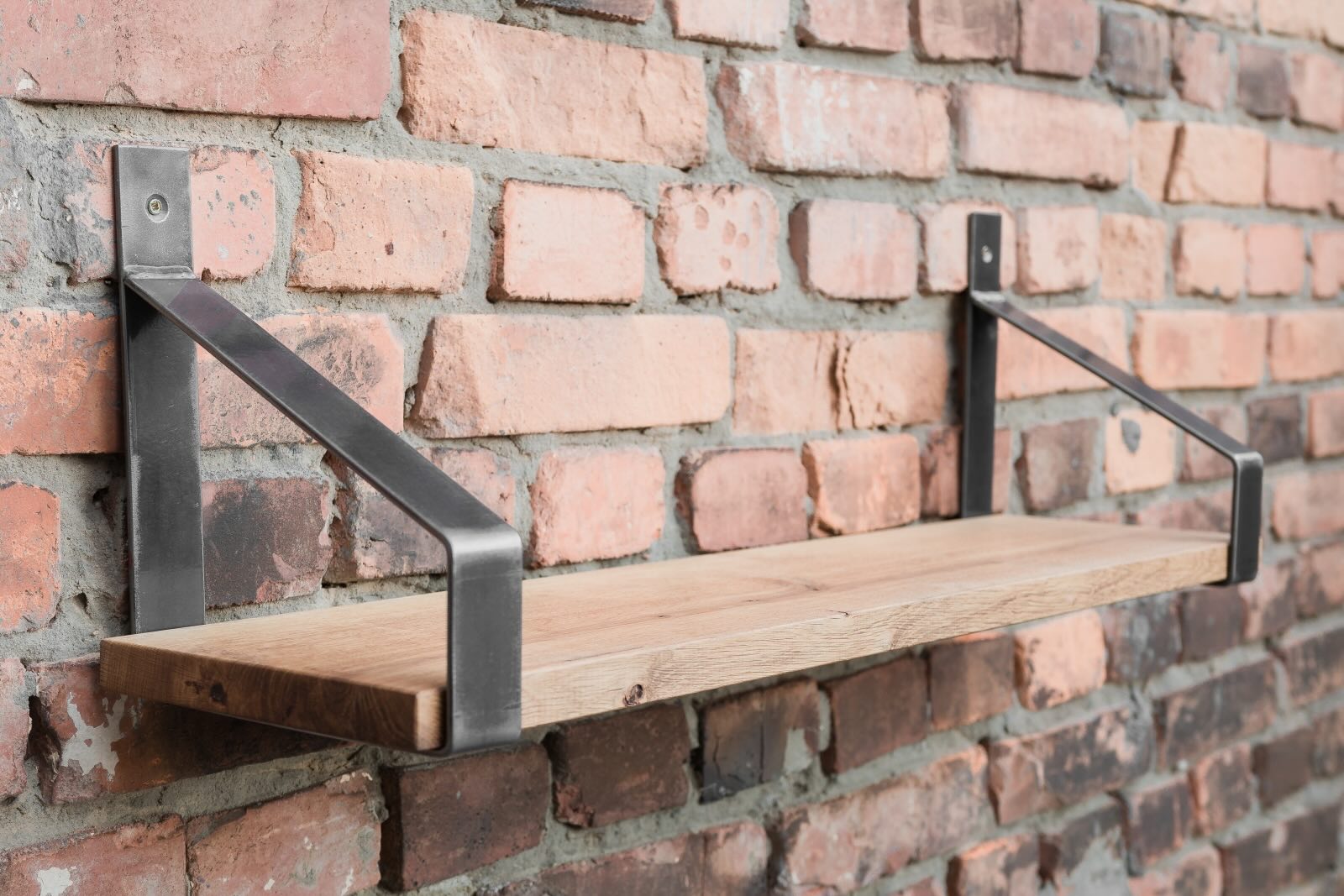



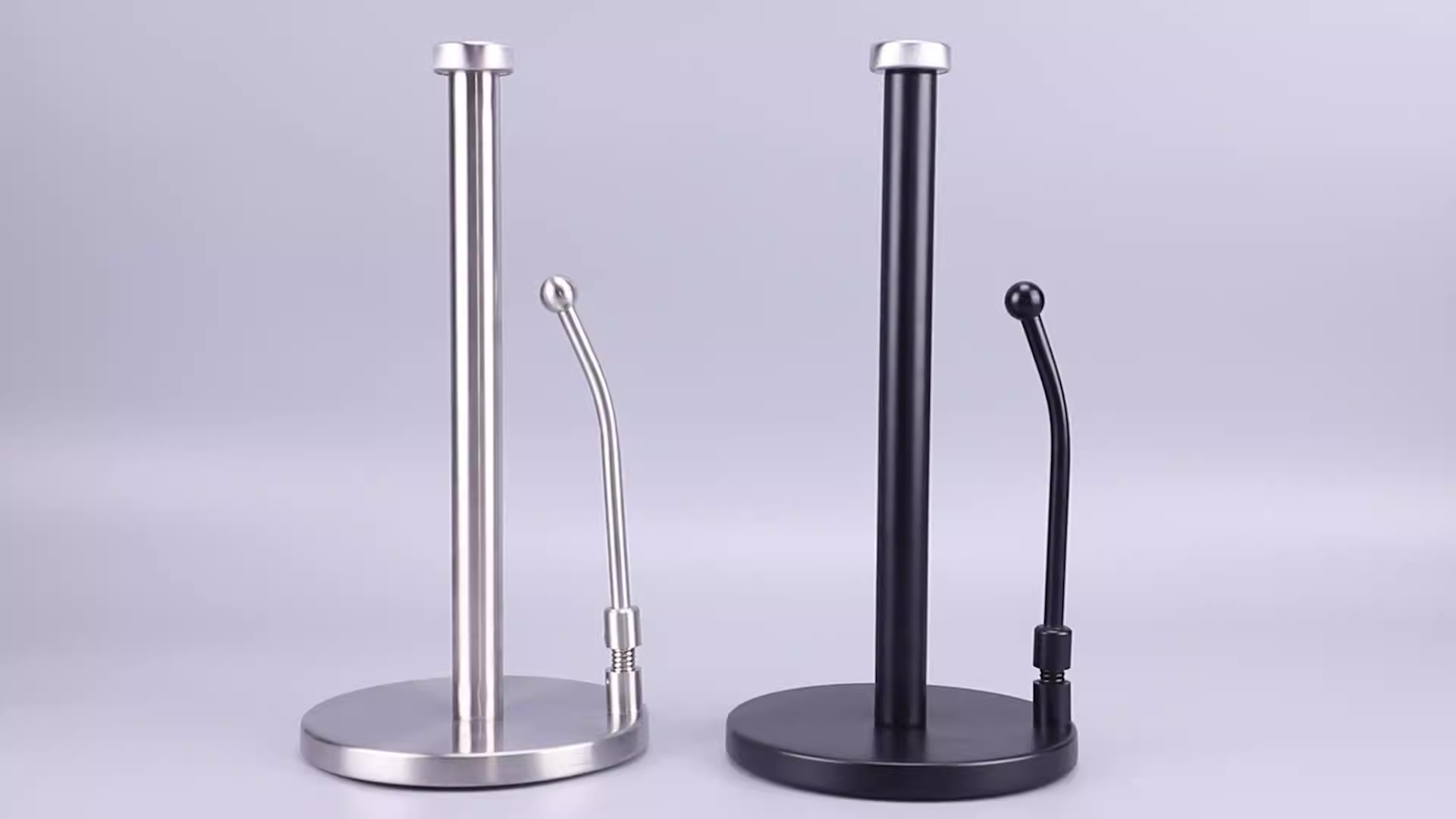

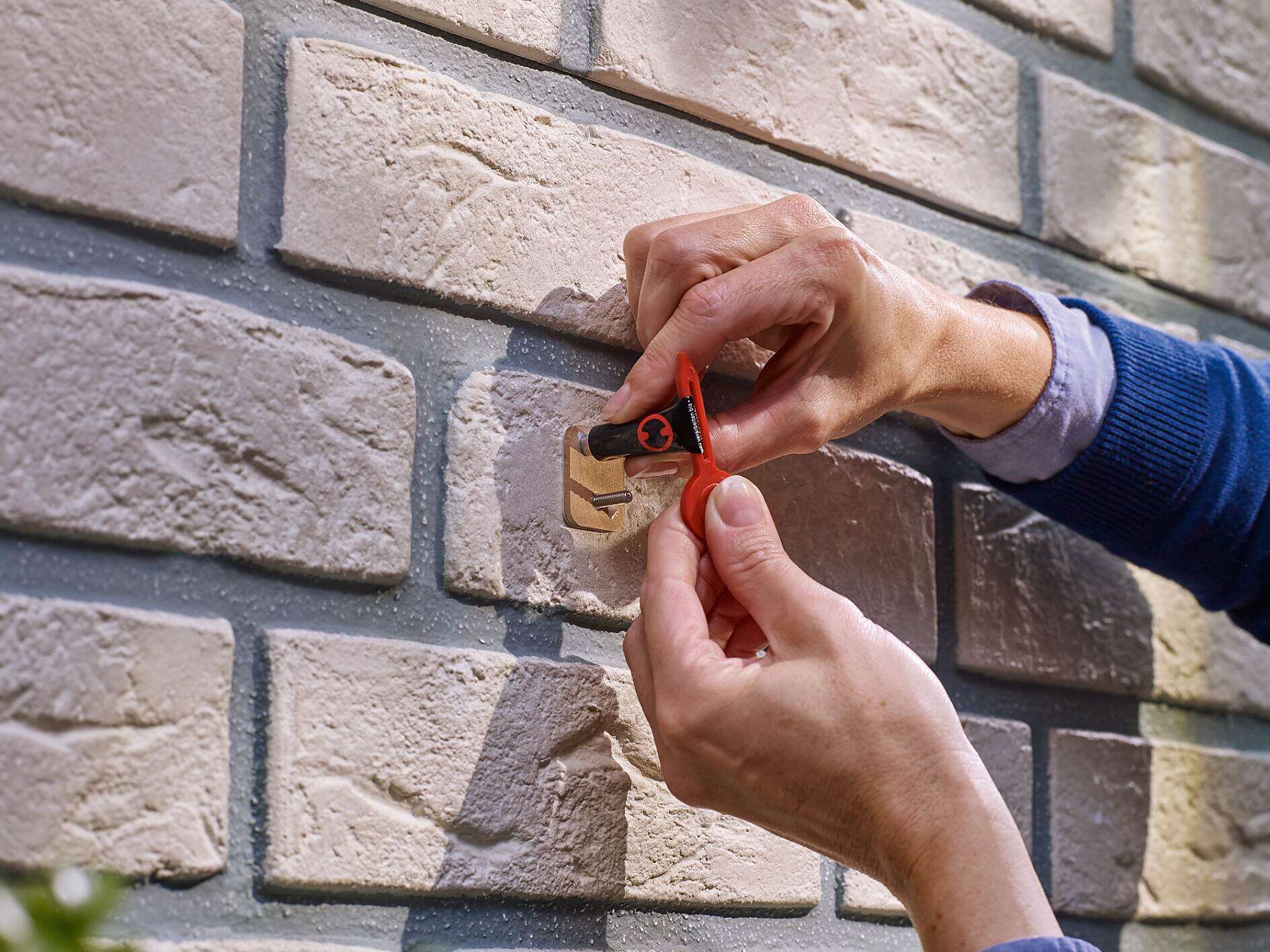
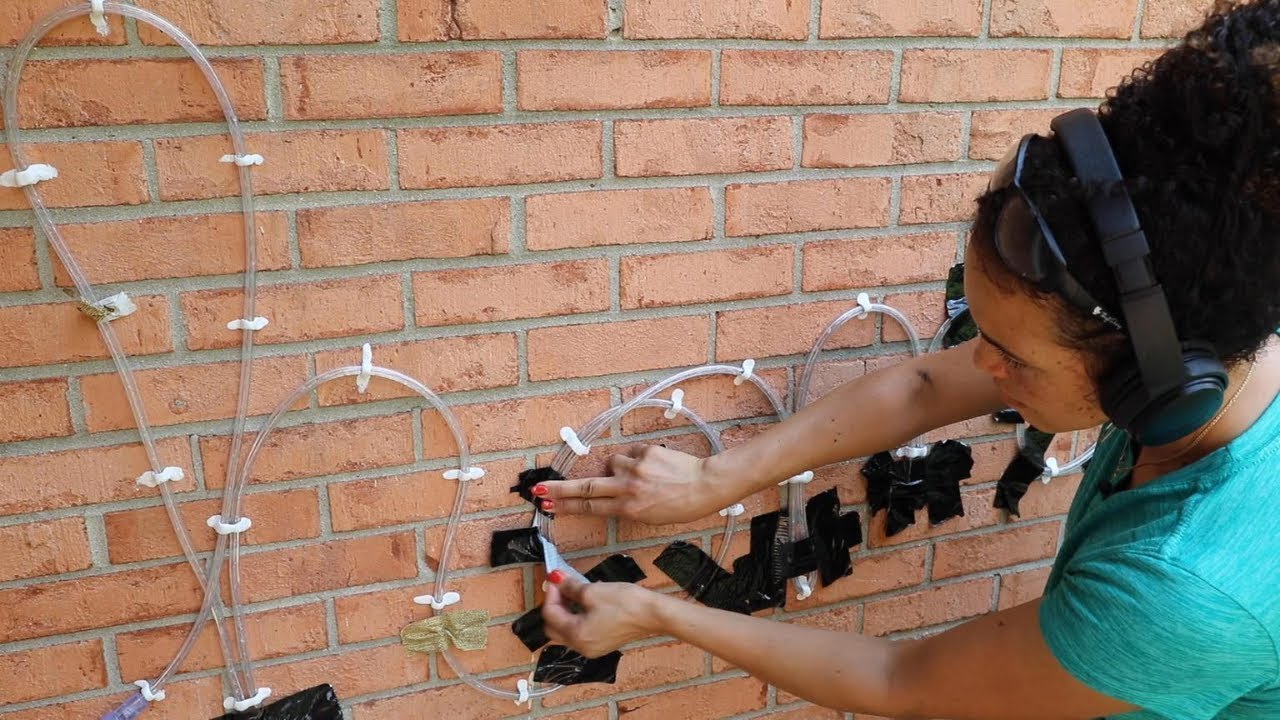

0 thoughts on “What Are The Spiky Things In Grass”